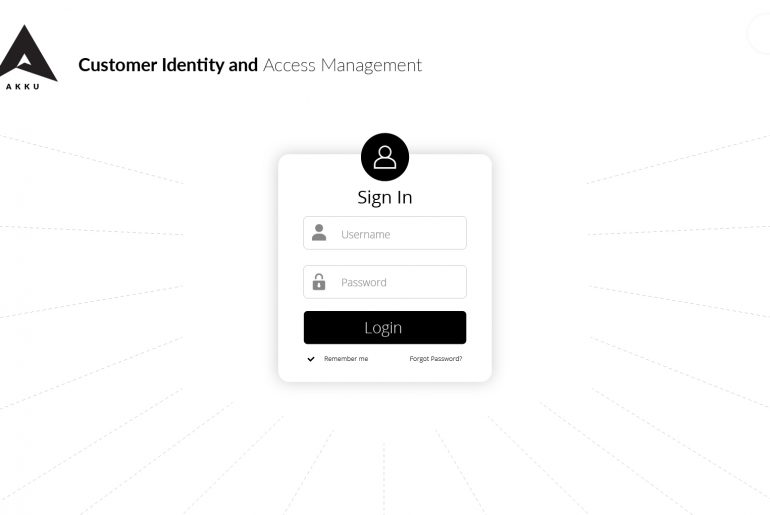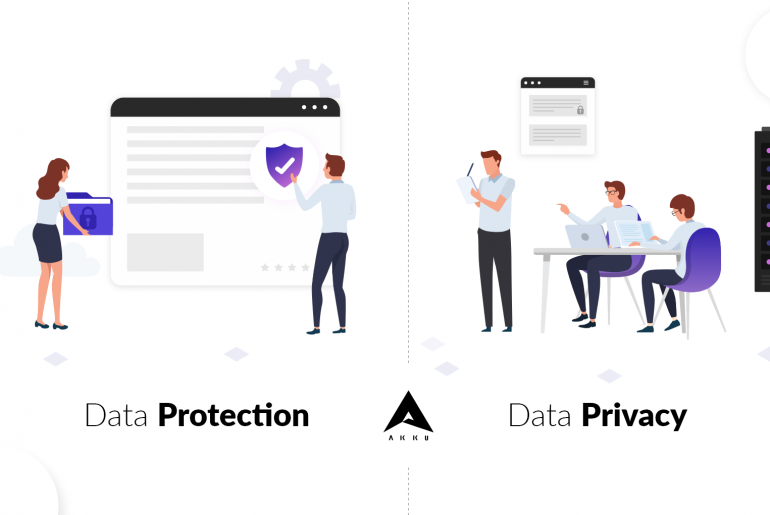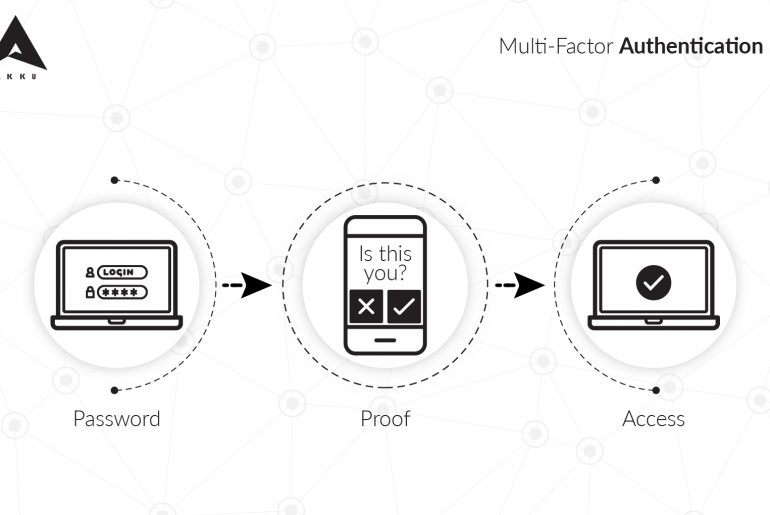Just last year, the popular Q&A site Quora suffered a data breach, as reported by Techworld in their article on UK’s most infamous data breaches. This just goes to show that even the best of businesses are finding it a challenge to secure their data and vital business information in this age of digital advancements.
IT security is, no doubt, an overwhelming, daunting, and expensive task. With cybercriminals getting more advanced and sophisticated, organizations are struggling to find security solutions that will effectively counter them.










